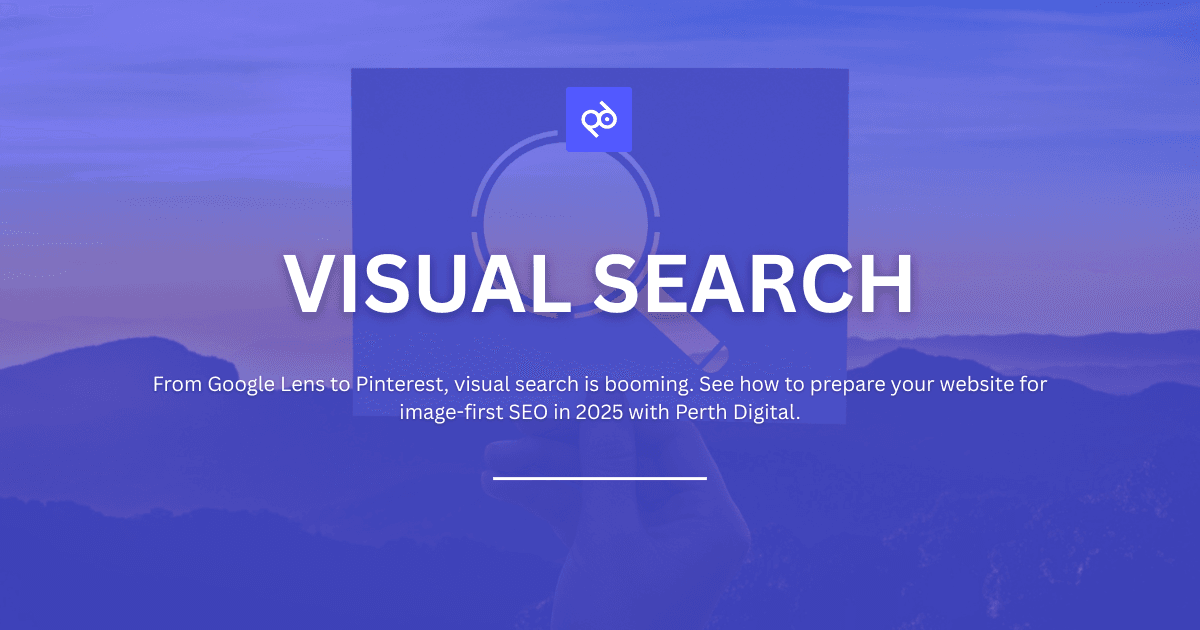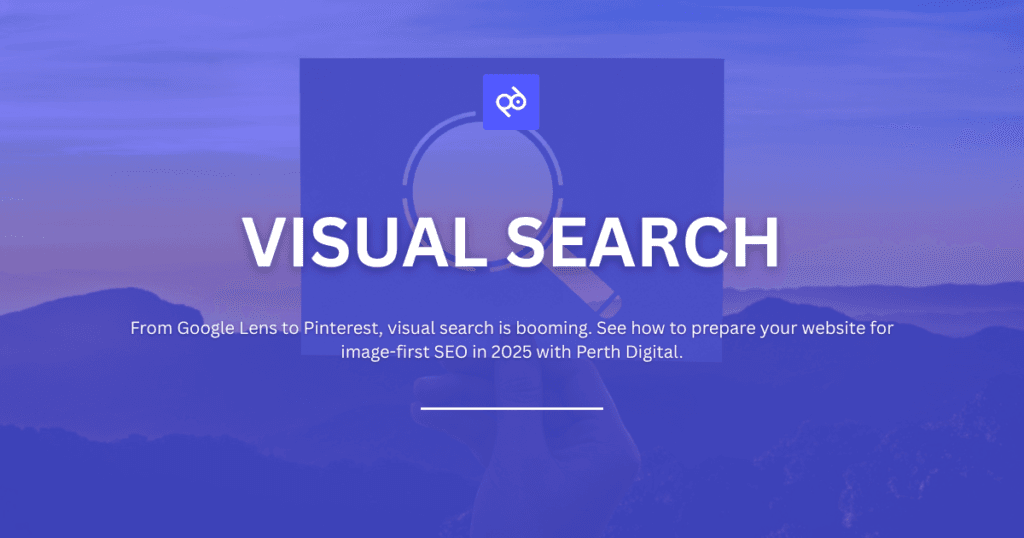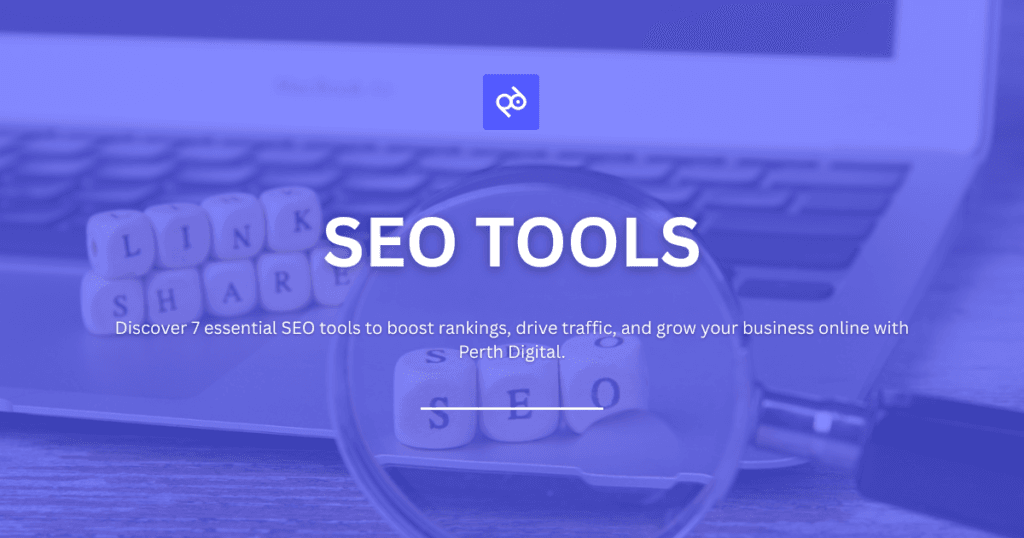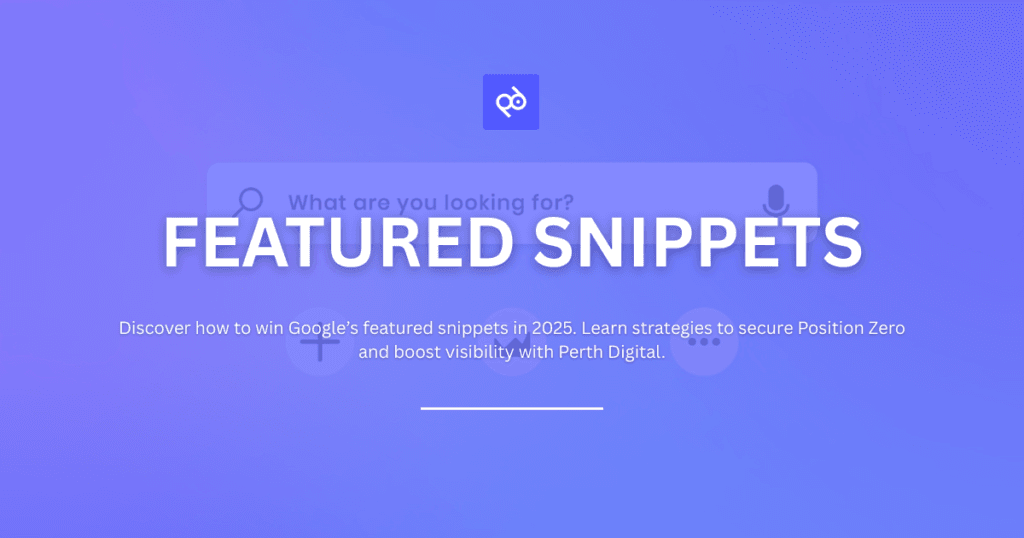Search is no longer limited to typing words into a box. Today, users can point their camera at an object and instantly get product details, translation, or purchase options. This growing SEO trend, known as visual search, is transforming digital marketing and SEO strategies.
For businesses, optimising for visual discovery means more visibility, faster conversions, and stronger connections with image-first audiences. Let’s explore what visual search is, why it matters, and how you can make your website ready for this next phase of search.
What Exactly Is Visual Search?
Visual search lets people use images to find information online. Instead of typing “white trainers with blue stripes,” you can snap a photo of the shoes and let AI find the exact or similar products.
This technology relies on computer vision, machine learning, and AI recognition to identify objects, read text, and return results in seconds. For users, it’s faster and more intuitive. For businesses, it’s a powerful new way to be discovered.
Key Players in the Visual Search Space
Since computing and extracting information from images are still relatively new technology, it’s fitting that only the big corporations are ahead of the curve in terms of innovation and implementation.
Google Lens
The most widely used visual search tool. Integrated into Android devices, Chrome, and Google Photos, it’s capable of:
- Shopping for products from images
- Identifying landmarks, plants, or animals
- Translating text in real time
- Extracting text from photos
Google reports that Lens processes nearly 20 billion visual searches each month, making it the leader in this field.
Bing Visual Search
Microsoft’s offering works similarly but is especially popular among desktop users. A standout feature: the ability to click on objects inside an image to shop for related products.
Pinterest Lens
Designed for discovery, Pinterest’s tool shines in lifestyle categories like fashion, home décor, and food inspiration. Users can snap or upload a photo to get stylistically similar pins, making it ideal for trend-focused industries.
Why Brands Should Care About Visual Search
Visual search isn’t just a shiny new feature, it’s reshaping consumer behaviour and purchase journeys.
1. Users Prefer Visuals
Image-first generations are moving away from long text queries and toward visual discovery on platforms like Instagram, TikTok, and Pinterest.
2. Shorter Path to Purchase
Spot it, snap it, shop it. Visual search reduces friction between interest and conversion, giving eCommerce brands a huge advantage.
3. Voice and Visual Working Together
Just as businesses had to optimise for voice search, now they must adapt for images. Increasingly, users will mix both. For example, speaking a query and refining it with a photo.
How to Optimise Your Site for Visual Search
Now that you gain a deeper understanding of visual search, let’s move on to how exactly you can utilise this new technology into your website.
1. High-Quality, Context-Rich Images
- Use high-resolution photos with clean backgrounds.
- Show multiple angles of products.
- Include contextual shots (e.g., a sofa in a living room).
- Highlight brand features like logos, colours, or unique designs.
- Add human interaction to show scale and usability.
Example: An online fashion retailer should photograph a coat flat, on a hanger, and being worn outdoors. This variety improves recognition across different user photos.
2. Smart Filenames and Alt Text
- Use descriptive filenames (e.g., red-suede-crossbody-bag-side-view.jpg).
- Write natural-sounding alt text, describing colour, material, and context.
- Align phrasing with conversational queries for overlap with voice search.
- Avoid repetition across similar images by tailoring each description.
3. Image Sitemaps for Discoverability
- Create an image-focused XML sitemap with <image:image> tags.
- Ensure URLs are crawlable and not blocked in robots.txt.
- Compress files with WebP or AVIF for faster loads without losing detail.
- Double-check that lazy-loaded images are visible to crawlers.
Example: A travel blog’s sitemap might include “View of Prague Castle at sunset, photographed from Charles Bridge” to maximise contextual accuracy.
4. Schema Markup for Structured Data
- Use ImageObject schema to describe images.
- Add Product schema with details like price, brand, and availability.
- Apply Recipe schema for food content with prep time and nutrition data.
- Validate regularly with Google’s Rich Results Test.
5. Technical Performance Optimisation
- Compress images without losing clarity.
- Use responsive delivery (srcset) for different screen sizes.
- Defer offscreen images with lazy loading (loading=”lazy”).
- Serve images from a CDN for speed, but ensure they remain crawlable.
- Prioritise Largest Contentful Paint (LCP) to load main visuals within 2.5 seconds.
6. Expand Beyond Google
Visual discovery happens on multiple platforms:
- Pinterest: Enable Rich Pins and use vertical 2:3 images.
- Instagram: Enable Shopping and tag products in Reels and Stories.
- TikTok/YouTube: Optimise thumbnails and frame visuals for discovery.
- Google Merchant Center: Submit product feeds for Lens integration.
Example: A skincare brand pinning styled product shots like “Morning Skincare Routine for Dry Skin” can rank in both Pinterest Lens and Google Images.
The Future of Visual Search
The next stage of visual discovery will merge with AI and augmented reality:
- Instant translations on the go
- Real-time product recognition through AR glasses
- In-store overlays connecting physical and digital shopping
Businesses that adapt now will have a head start in capturing tomorrow’s search audience.
Take Action Now
Visual search is no longer optional, it’s a growing expectation. By preparing your images, metadata, and platforms today, you’ll gain visibility where users are already searching.
At Perth Digital, we help brands transform SEO strategies for the future of search. Want to make visual search part of your growth plan? Get in touch with us today!



